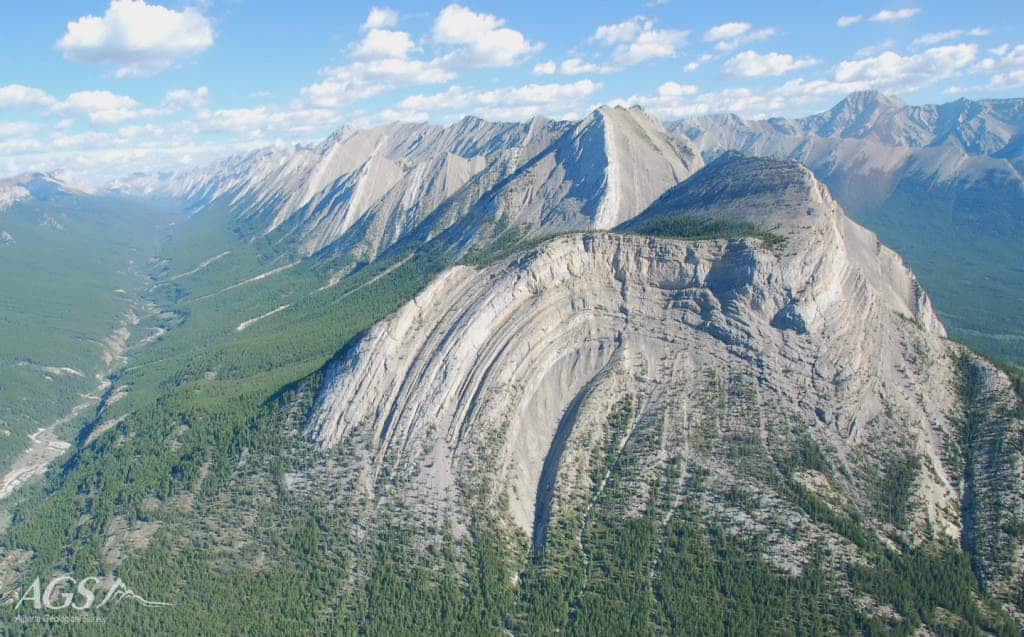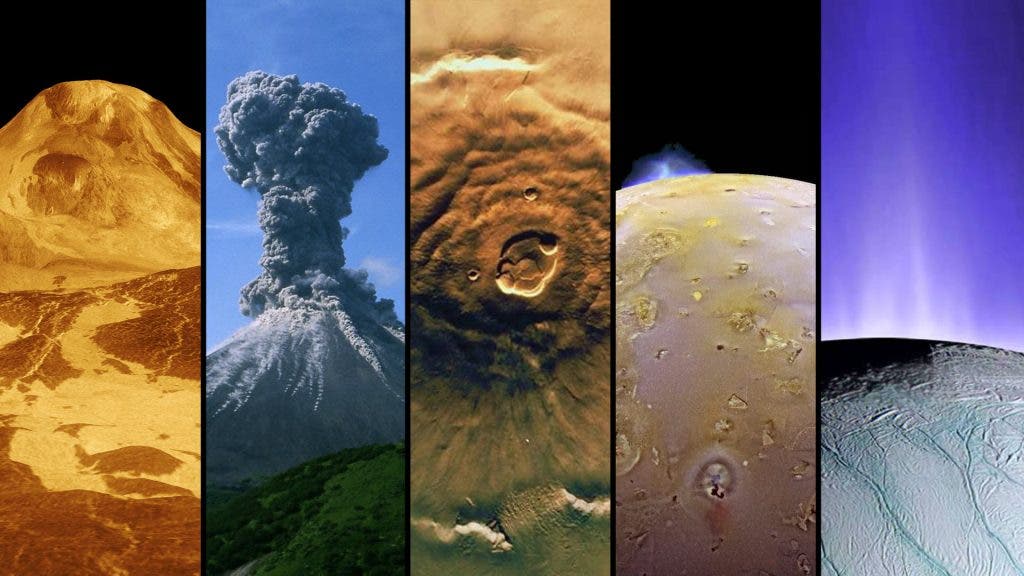In geology, folds are formed when originally horizontal layers of sedimentary rocks are bent and/or curved as result of acting temperatures and pressures. This is a stunning example of fold formation — click the pic for full size.
Geological folds are bends in layered rock that occur due to tectonic forces. These forces, such as compression, tension, and shear, cause rock layers to deform, creating folds that can be observed on various scales. Folds are classified based on their shape, size, and orientation.
The formation of folds is a complex process driven by tectonic forces. When tectonic plates collide, move apart, or slide past each other, the immense stress causes the Earth’s crust to deform. This deformation can happen through brittle or ductile processes, depending on the temperature, pressure, and rock type.
Compression is the primary force behind most geological folds. When tectonic plates converge, the immense pressure causes rock layers to buckle and fold. This can occur at both regional and local scales, resulting in large mountain ranges or small, localized folds.
Mount Head, located in the Canadian Rockies, is an exemplary case of geological folding. This mountain showcases a variety of fold types and provides a clear record of the tectonic forces that shaped the region.

Mount Head’s geological history dates back hundreds of millions of years. The mountain is primarily composed of sedimentary rocks, including limestone, shale, and sandstone, which were deposited in ancient seas. Over time, these layers were buried, compacted, and subjected to tectonic forces.
The Canadian Rockies, including Mount Head, were formed during the Laramide Orogeny, a period of mountain building that occurred between 80 and 55 million years ago. This orogeny was driven by the collision of the North American and Pacific plates. The immense compressional forces generated by this collision caused the sedimentary layers to buckle and fold, creating the complex structures observed today.
Ultimately, folds serve as geological archives, preserving records of past tectonic activity and environmental changes. By studying folds, geologists can reconstruct the sequence of events that shaped a region.







